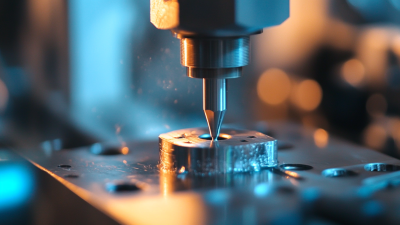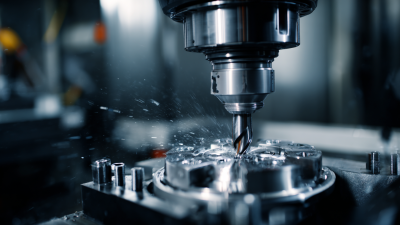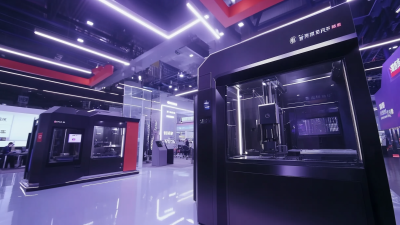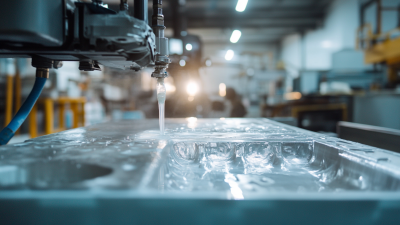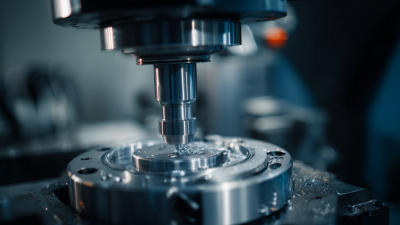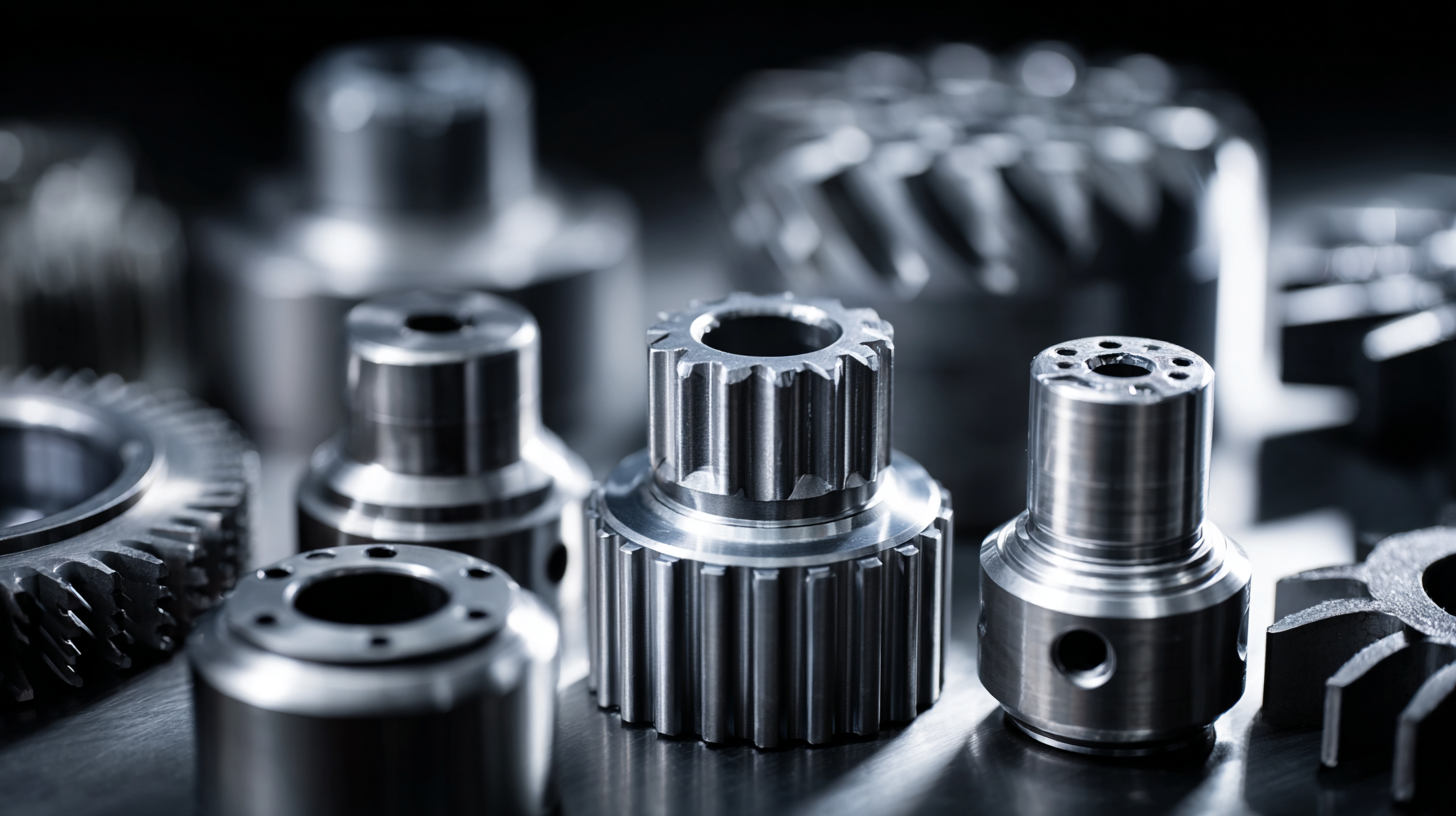 Punching dies are essential tools in various manufacturing processes, enabling the efficient creation of precise shapes and patterns in materials such as metal and plastic. Understanding the mechanics of punching dies is crucial for beginners who aspire to master the art of die design and application. This comprehensive guide aims to demystify the intricate workings of punching dies, detailing the various components involved, the types of punches available, and the techniques for achieving optimal results. Readers will gain insights into the selection of appropriate materials, maintenance practices, and the significance of a well-designed die in enhancing production efficiency. By following this guide, beginners will be well-equipped to navigate the complexities of punching dies and make informed choices in their projects, ultimately leading to successful outcomes in their machining endeavors.
Punching dies are essential tools in various manufacturing processes, enabling the efficient creation of precise shapes and patterns in materials such as metal and plastic. Understanding the mechanics of punching dies is crucial for beginners who aspire to master the art of die design and application. This comprehensive guide aims to demystify the intricate workings of punching dies, detailing the various components involved, the types of punches available, and the techniques for achieving optimal results. Readers will gain insights into the selection of appropriate materials, maintenance practices, and the significance of a well-designed die in enhancing production efficiency. By following this guide, beginners will be well-equipped to navigate the complexities of punching dies and make informed choices in their projects, ultimately leading to successful outcomes in their machining endeavors.
Punching dies are essential tools used in various manufacturing processes, notably in sheet metal design and fabrication. They come in several types, each tailored to specific needs and applications. The most common types include progressive dies, compound dies, and single-station dies. Progressive dies perform multiple operations in a single pass, making them ideal for high-volume production. Compound dies, on the other hand, execute multiple cutting and shaping functions simultaneously, which enhances efficiency for complex designs. Single-station dies are typically used for simpler tasks, allowing for precise cutting and shaping with less intricate requirements.
The selection of a punching die directly impacts the production process, including material choice, thickness, and the desired outcome of the finished part. For instance, progressive dies are preferred in the automotive industry, where large quantities of components must be produced with precision. In contrast, compound dies might find their niche in electronic device manufacturing, where intricate designs are common. Understanding these distinctions is crucial for beginners in the field, as it enables better decision-making for specific applications and improves overall manufacturing efficiency.
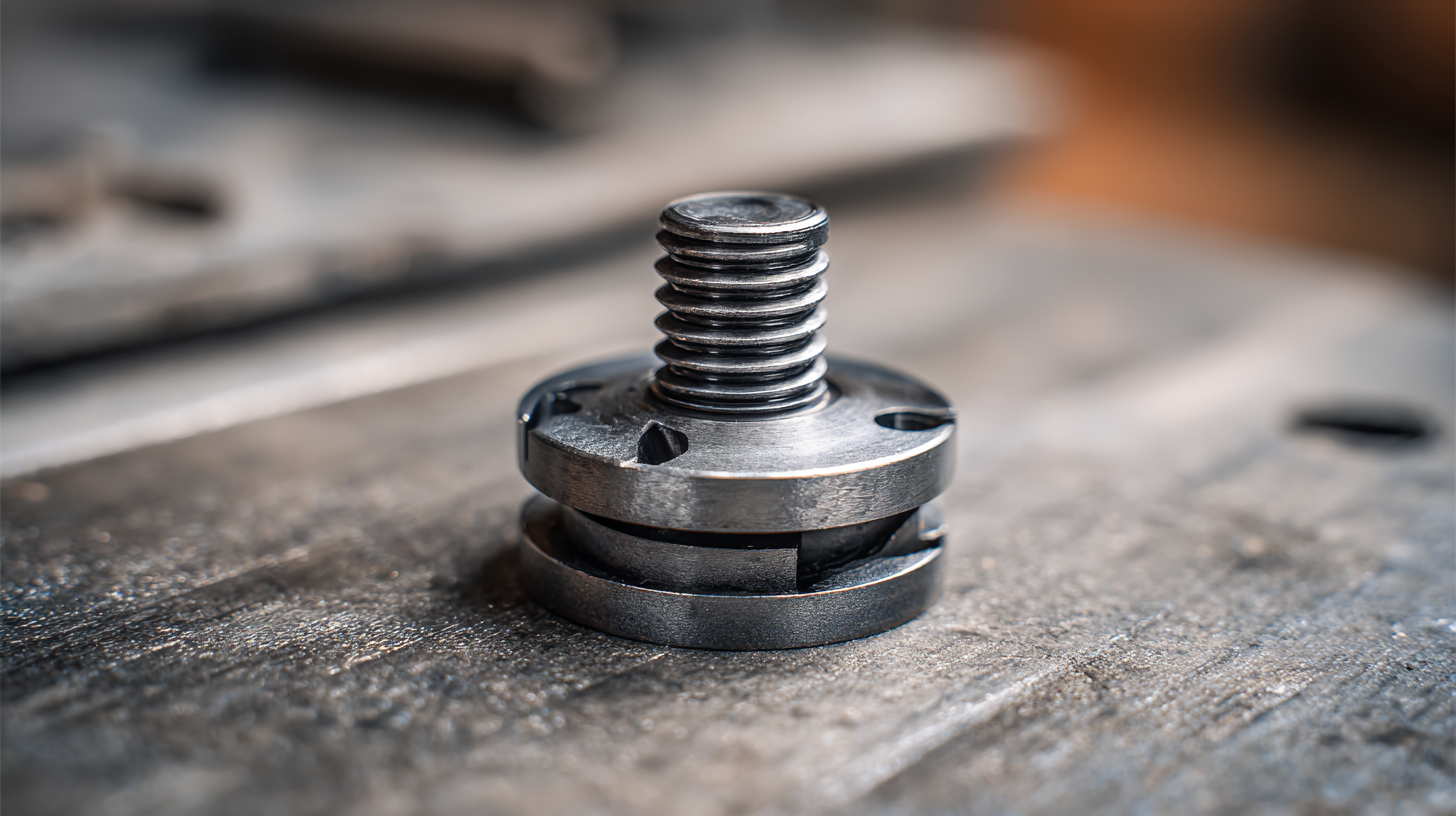
The manufacturing of punching dies relies heavily on the selection of essential materials, which significantly influence their performance and longevity. High-carbon steel is often the core material used in die production due to its excellent hardness and wear resistance. This type of steel can withstand the considerable stress and pressure exerted during the punching process, minimizing the risk of deformation. Additionally, tool steels such as D2 or O1 are frequently employed, offering superior toughness and the ability to maintain sharp cutting edges even after extensive use.
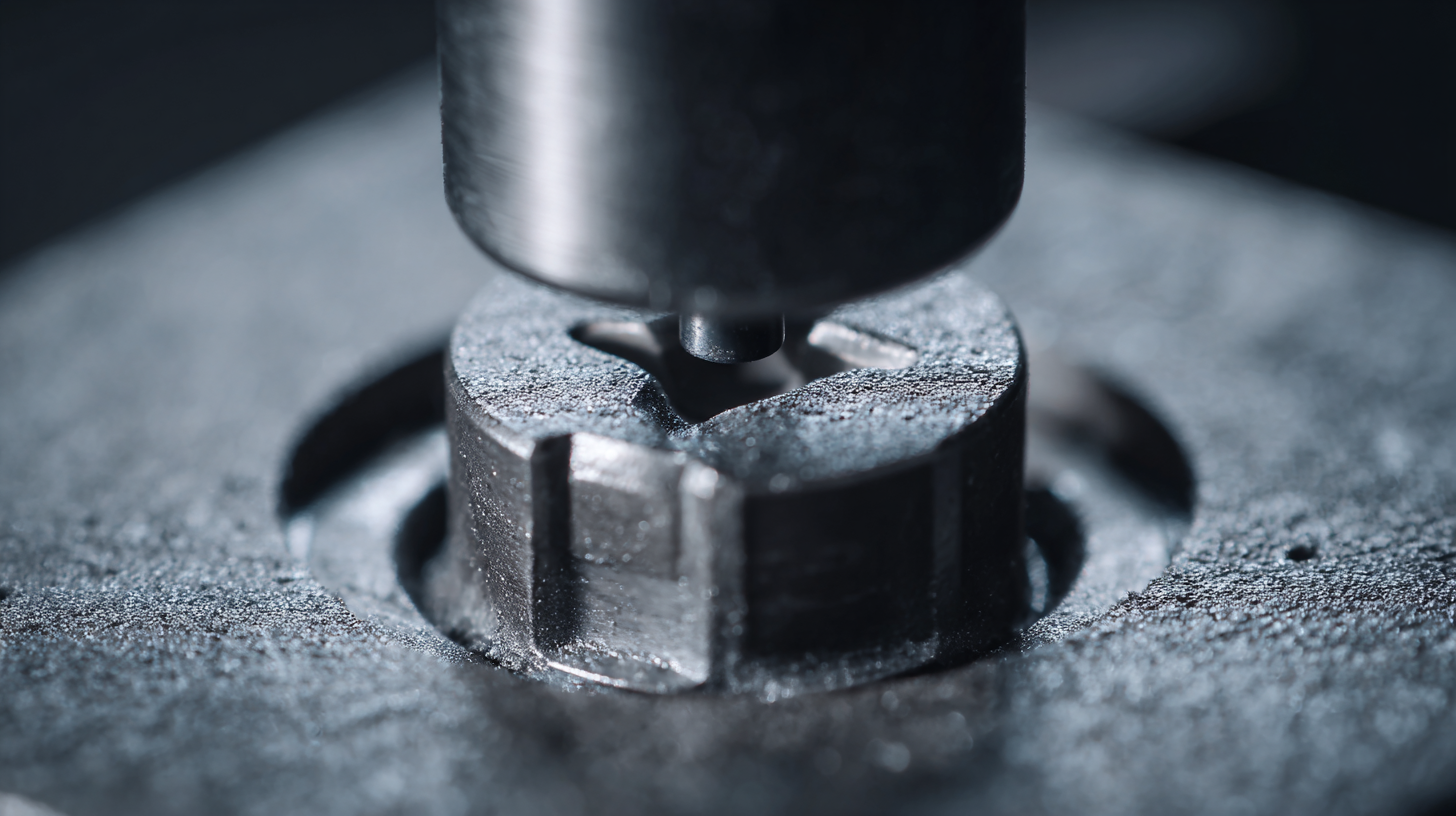
Another crucial material in the fabrication of punching dies is carbide, which is used for its exceptional hardness and durability. Carbide dies are particularly advantageous for applications requiring high precision and longevity, as they exhibit lower wear rates compared to their steel counterparts. Furthermore, the use of coatings like titanium nitride (TiN) enhances the performance of die materials by reducing friction and increasing their resistance to wear. By carefully selecting the right combination of materials, manufacturers can ensure that punching dies operate efficiently under different industrial conditions, leading to optimized performance and reduced downtime.
When delving into the die design process, beginners must grasp several critical factors that can significantly influence the effectiveness and efficiency of punching dies. Understanding material selection is paramount; different metals and composites react uniquely under stress, impacting the die's durability and performance. Additionally, the design must accommodate various parameters such as thickness, hardness, and intended use, ensuring the die can handle production demands without excessive wear or failure.
Another vital aspect is the tooling and fabrication methods employed during the construction of the die. Beginners should consider how machining processes, like milling and grinding, affect the precision and accuracy of the die's dimensions. Moreover, understanding the interplay between die design and the overall business process can enhance production workflows, leading to significant improvements in efficiency. Incorporating such knowledge enables newcomers to navigate the complexities of die design while laying a solid foundation for future advancements in this specialized field.
In the realm of manufacturing, understanding the efficiency of punching die production is crucial. According to the 2023 Metalworking Industry Report, the average production rate for punching dies can vary significantly based on the complexity of the design and material used. For standard components, production rates typically range from 200 to 1000 parts per hour, while intricate designs may only achieve 50 to 250 parts per hour. These figures underscore the importance of optimizing both design and manufacturing processes to maximize output and cost-effectiveness.
Tips for enhancing production efficiency include investing in high-quality materials and utilizing advanced CNC machining technologies. Additionally, regular maintenance of machinery can prevent downtime, ensuring that production rates remain at or above industry standards. Implementing lean manufacturing principles can also streamline operations, reduce waste, and ultimately improve die production rates.
Another notable aspect is the importance of precision in die design. A well-designed die not only improves the speed of production but also enhances the quality of the final product. The 2023 Industry Benchmark Survey highlights that manufacturers who embrace innovative die design technologies report a 20% increase in overall efficiency compared to those who use traditional methods. This shift toward modern practices reflects the industry's ongoing commitment to improving production standards and meeting market demands.
When working with punching dies, beginners often encounter various common issues that can significantly affect productivity and quality. One prevalent problem is misalignment, which can lead to inaccurate cuts and increased material wastage. According to a report from the Precision Metal Forming Association, approximately 25% of production downtime in stamping operations is attributed to die-related issues, including misalignment. Ensuring proper setup and regular maintenance can mitigate these risks, contributing to smoother operations.
Another common challenge is die wear, which can compromise the efficiency of punching dies. The same PMA report indicates that 30% of die failures are linked to improper wear management. It is crucial for beginners to regularly inspect dies for signs of wear and implement measures such as lubrication and material changes to prolong die life. Understanding the causes of such wear—like the choice of materials and the frequency of use—can empower beginners to make informed decisions that enhance the longevity and performance of their punching dies. By troubleshooting these issues early, operators can improve their workflow and reduce costly downtime in their operations.
